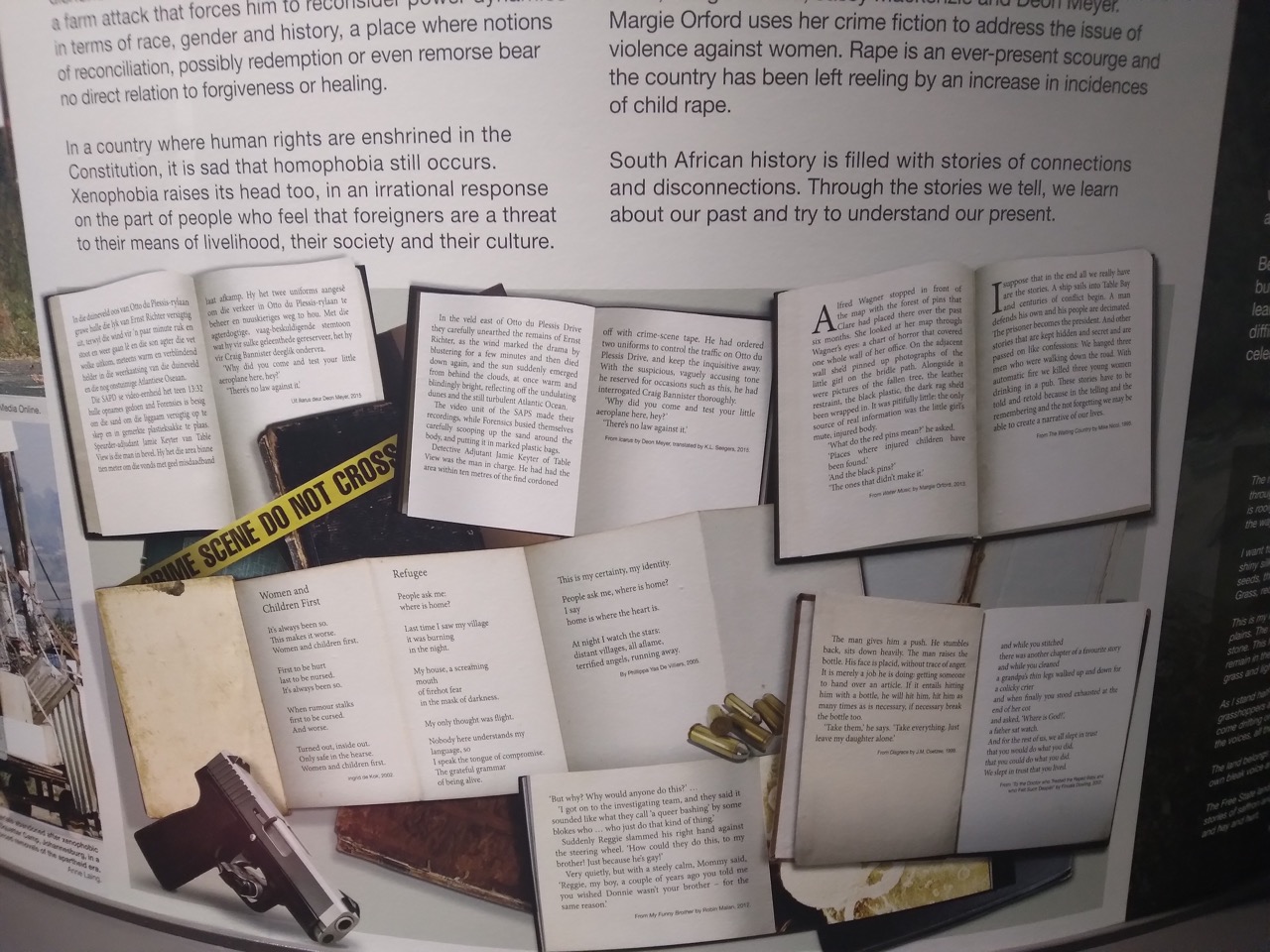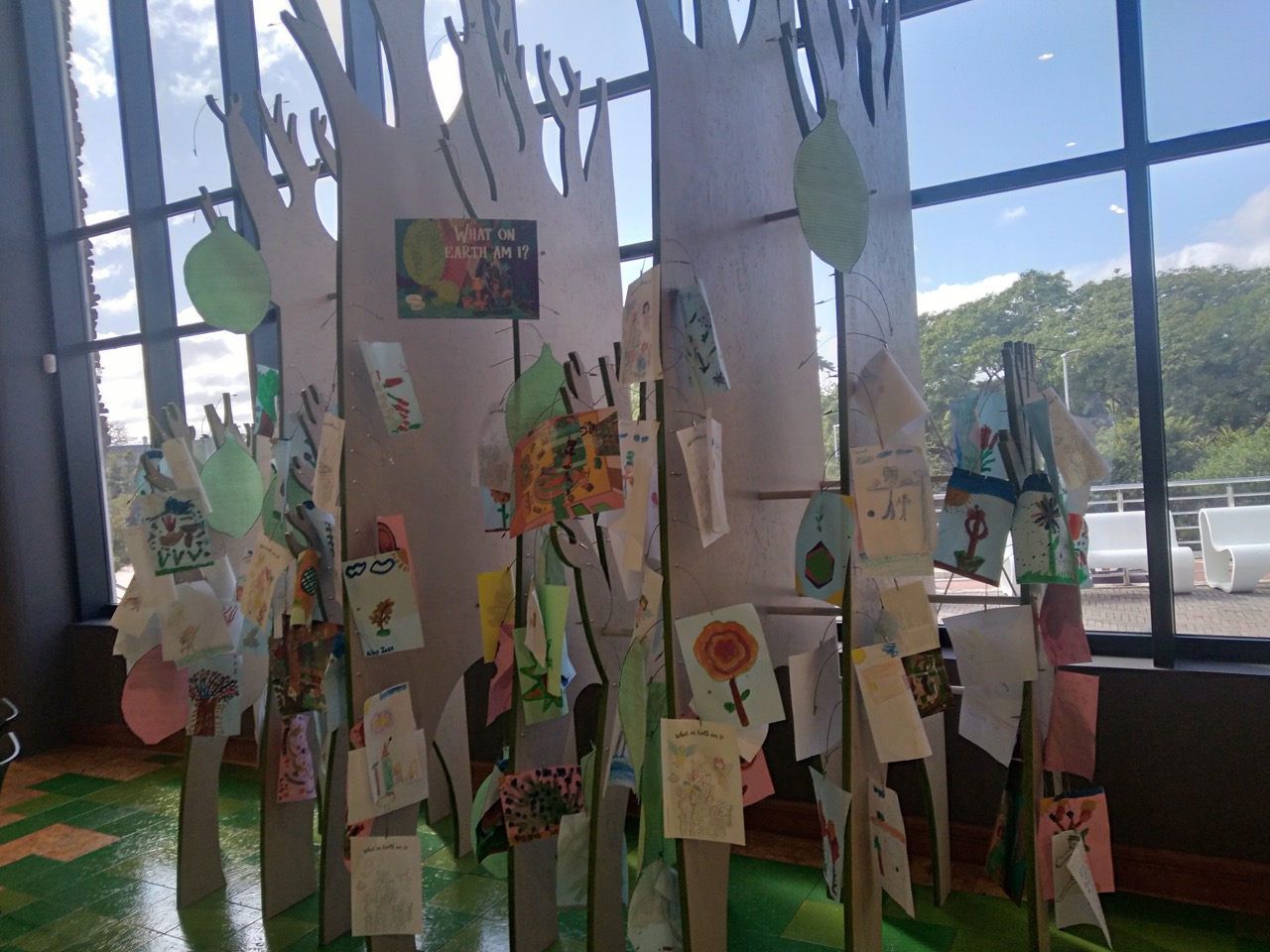By Bukamuso Sebata
Growing up in South Africa, I was acutely aware of the profound impact that apartheid had on my country. The social and political system that divided people based on the colour of their skin was cruel and unjust, and it left deep scars in our society that we still grapple with today. As a writer and a lover of literature, I am particularly fascinated by the role that Black writers and activists played in shaping the voice of the people during this tumultuous period in our history.

Recently, I had the opportunity to visit the Amazwi Museum, which houses a collection of Black anti-apartheid activists and writers who were marginalised and abused by the apartheid regime. As I walked through the museum, I was struck by the power of these collections and the stories they tell.
One of the inspiring parts of the collection is the section dedicated to Black writers who documented the injustices of apartheid. This section offers pictures and snippets of written bodies of work throughout the apartheid timeline to the historical birth of democracy that led the way for our rainbow nation. These writers risked their lives to tell their stories, knowing that their words could bring about change.
Writers like Phaswane Mpe, Sindiwe Magona, Siphiwo Mahala, Steve Biko, Noni Jabavu and Sipho Sepalama championed an era of writing that spoke to the heart of the struggle against apartheid and transitioning into a post-apartheid South Africa. Their voices were powerful and raw, and they gave a voice to those silenced by the system.

The impact of these writers and their works transcends time. Their stories are still relevant today, acting as a rear-view mirror of our past and as a guiding point into an uncertain future. As I read through their works, I was struck by the courage and resilience of these writers. Despite the odds stacked against them, they continued to write and speak out, refusing to be silenced.
The Amazwi Museum’s collection is not just a tribute to these brave writers and activists but a testament to the resilience of the human spirit. It reminds us that even in the darkest of times, there is always hope. As a writer myself, I am inspired by the power of words and their ability to bring about change. The museum’s collection is a powerful reminder of the role that literature played in shaping the voice of the people during apartheid and the impact that these works continue to have today.
As I continued through the walls of the museum, my eyes were drawn to the section of colourful drawings hanging in a makeshift cardboard tree. Upon closer inspection, I realised that these drawings were created by children from nearby townships of Makhanda.

I learned that the museum hosts literary programs for these children throughout the year. One such program was centred around Lara Salomon’s book titled What on Earth Am I? The book was read aloud to the children, and they were asked to draw what they heard and understood from the story. The children’s section also featured biographies turned into comic books, such as that of Nelson Mandela. This encourages young readers to engage with history and learn about the world around them.
As I left the museum, I couldn’t help but reflect on the importance of literary programs for children, especially those in underprivileged communities. By providing access to literature and engaging activities, the Amazwi South African Museum of Literature is helping to shape the minds and imaginations of the next generation, inspiring them to learn, grow, and make a positive impact on the world.


